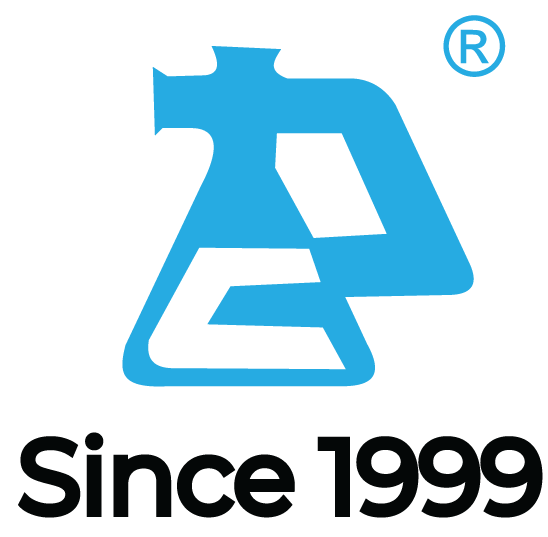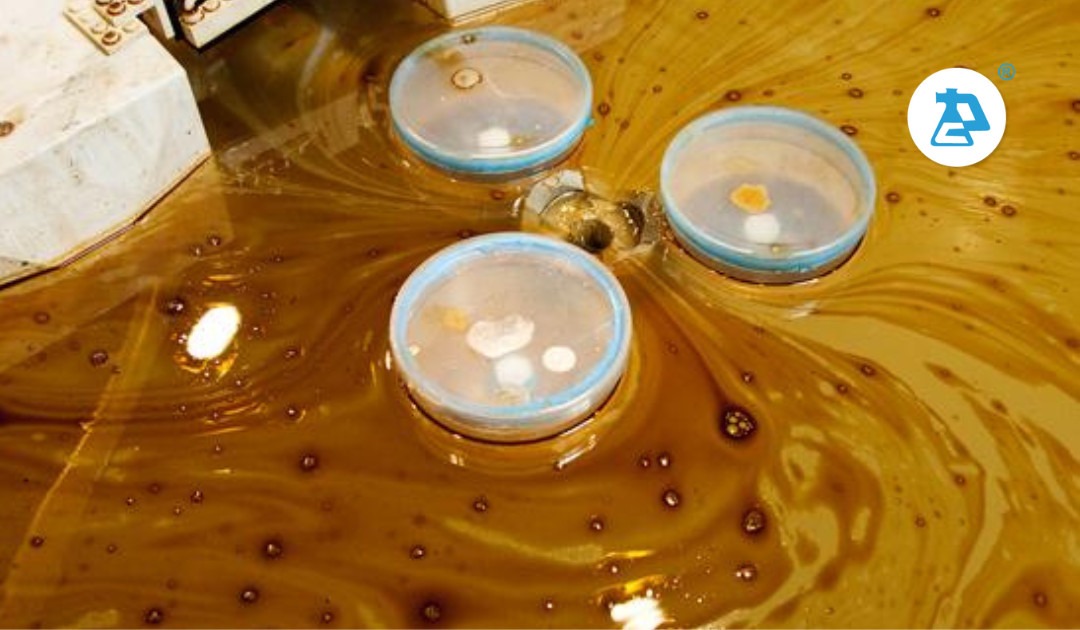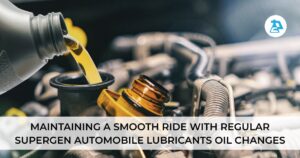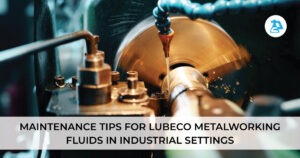Oil spills and oil contamination on liquid surfaces can be a significant environmental concern, whether in a small container or a large body of water. Removing oil from the surface effectively is crucial to prevent pollution, protect aquatic life, and restore the water’s quality. This blog will discuss various methods to remove oil floating on liquid surfaces, ranging from simple household techniques to more advanced solutions.
1. Absorption Using Natural and Synthetic Materials
Absorption is one of the most common methods for removing oil from water surfaces. Various materials can soak up the oil, making it easier to remove.
- Natural Absorbents
These include items like sawdust, straw, or cotton. While effective, natural absorbents might not be suitable for large-scale spills but can work well in smaller settings, such as in a container or small pond. - Synthetic Absorbents
Specialized products, such as oil-absorbent pads, booms, and sponges, are designed specifically for this purpose. These materials are often used in industrial settings, as they are more efficient and can absorb large quantities of oil.
2. Skimming Techniques
Skimming involves physically removing the oil from the liquid surface. This method is practical for both small and large-scale oil spills.
- Manual Skimming
For smaller spills, you can use tools like ladles, scoops, or even absorbent pads to manually skim the oil from the surface. - Mechanical Skimmers
These devices are used in industrial and environmental cleanup efforts. They work by dragging the surface of the liquid to collect the oil, which is then stored in a separate container. Mechanical skimmers are effective in larger bodies of water, such as lakes, oceans, or industrial tanks.
3. Using Dispersants
Dispersants are chemicals that break down the oil into smaller droplets, allowing them to mix with water and be degraded naturally by microorganisms. While dispersants are effective in dispersing oil, they are usually used in larger-scale oil spills where physical removal is impractical.
- Pros
Dispersants can prevent oil from reaching shorelines and harming wildlife. - Cons
The use of dispersants can be controversial due to their potential environmental impacts, so they should be used with caution and usually under the supervision of environmental agencies.
4. Bioremediation
Bioremediation involves using microorganisms that naturally degrade oil. This method is environmentally friendly and works well over time to remove oil from water surfaces.
- Oil-degrading Bacteria
Certain bacteria can break down the oil into less harmful substances. These bacteria can be introduced to the contaminated water to accelerate the degradation process. - Natural Attenuation
Sometimes, simply allowing the environment to naturally degrade the oil over time can be the best solution, especially in minor spills. However, this method requires a longer time frame and may not be suitable for large-scale spills.
5. Booms and Barriers
Booms and barriers are floating devices that contain the oil, preventing it from spreading and making it easier to remove.
- Containment Booms
These are floating barriers placed around the oil spill to prevent it from spreading. They are often used in combination with skimmers and absorbents. - Sorbent Booms
These booms not only contain the oil but also absorb it. They are useful in calm waters where the oil is less likely to be dispersed by waves.
6. Using Oil Solidifiers
Oil solidifiers are chemicals that react with oil, transforming it into a solid substance that can be easily removed. This method is beneficial in specific scenarios where other methods might be impractical.
- Application
Once the oil has solidified, it can be collected manually or with the help of mechanical tools. - Environmental Impact
Solidifiers are considered relatively safe for the environment, as they prevent oil from spreading and make cleanup more manageable.
7. Thermal Methods
Thermal methods involve heating the oil to make it easier to remove. This method is typically used in industrial settings where oil spills on water are common.
- Burning
Sometimes, controlled burning is used to remove oil from water surfaces. However, this method is controversial due to the air pollution it causes and is generally used only in extreme cases. - Heating Devices
In some industrial applications, the oil is heated to make it less viscous, allowing it to be skimmed off more easily.
Conclusion
Removing oil from liquid surfaces is essential for environmental protection and safety. By using the right method—whether absorption, skimming, dispersants, or bioremediation—you can effectively manage oil spills and minimize their impact. Quick action and the appropriate technique are key to ensuring a clean and safe environment.






